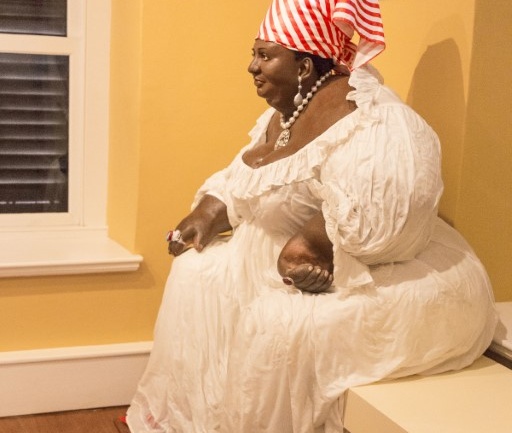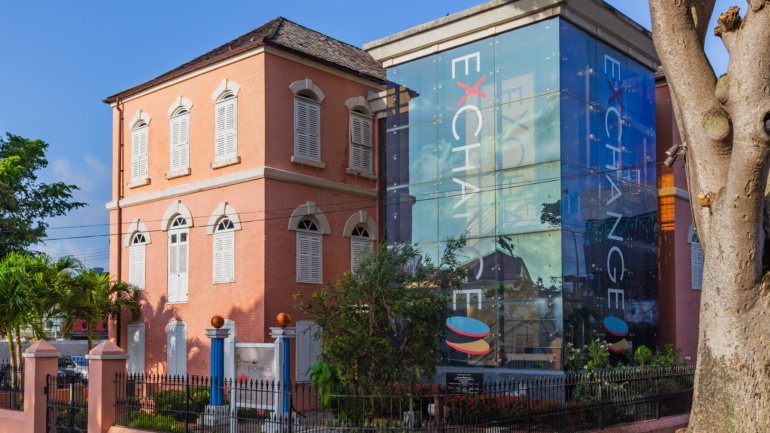Did you know that Barbados used to have a currency that was issued by different organizations or entities? It started in 1950 with the British Caribbean Currency Board. This board included member countries such as Barbados, British Guyana, the Leeward Islands, the Windward Islands, and Trinidad and Tobago. They issued banknotes in denominations of $1, $2, $5, $20, and $100.
However, things changed in 1965 when the currency board dissolved, and the Eastern Caribbean Currency Authority was established. Barbados, the Leeward Islands, and the Windward Islands (excluding Grenada, which joined three years later) formed the authority. Their headquarters were in Barbados and they issued banknotes in $1, $5, $20, and $100 denominations. However, Barbados withdrew from the authority in 1973, and the headquarters were moved to St. Kitts.
On December 3rd, 1973, the island began to issue its own banknotes in denominations of $1, $5, $10, $20, and $100. At the time the $1, $20, and $5 notes featured Samuel Jackman Prescod, while Charles Duncan O’Neal was featured on the $10 bill and Sir Grantley Adams on the $100 bill. The $2 notes were introduced in 1980, and the $50 note came along in 1989. Unfortunately, the $1 note is no longer legal tender as it was discontinued in 1988, but it remains a collector’s item in many local households and is on display in the Currency Exhibition at the Exchange Museum.
Fast forward to 2013, and the Central Bank decided it was time for a redesign of Barbados’ banknotes. This new series featured a bold modern design with vibrant colours and went into circulation on June 4th. The banknotes depicted agricultural scientist John Redman Bovell, cricketer Frank Worrell, and four national heroes of Barbados – Sir Grantley Adams, Errol Barrow, Samuel Jackman Prescod, and Charles Duncan O’Neal.
In 2022, the Central Bank of Barbados announced its most recent redesign of the banknotes made of polymer instead of cotton-based “paper” like the previous versions. This change was made to stay ahead of counterfeiters, and polymer was a great option because it lasts two to three times longer than paper notes. The new banknotes also incorporated stronger security features to make them harder to counterfeit but easier to authenticate. Even though they have been in circulation for a few months, the Central Bank of Barbados is still hosting workshops to educate those who handle money regularly. Specimens of these notes are also on display here at the Exchange Museum!






1 Comment
Charlott Denier
Your article is very intriguing information. We enjoyed reading it. Thank you for sharing.
Comments are closed.